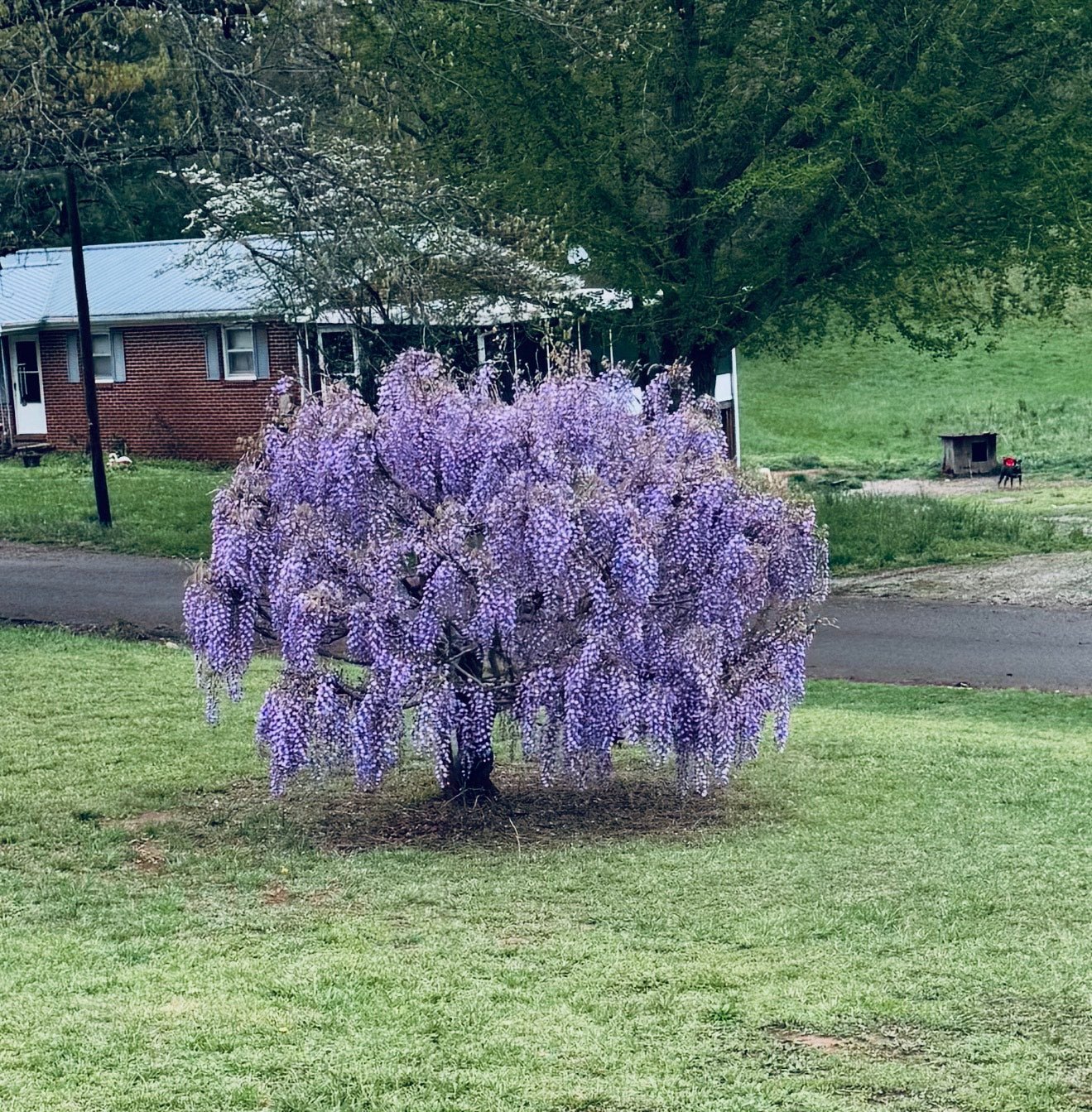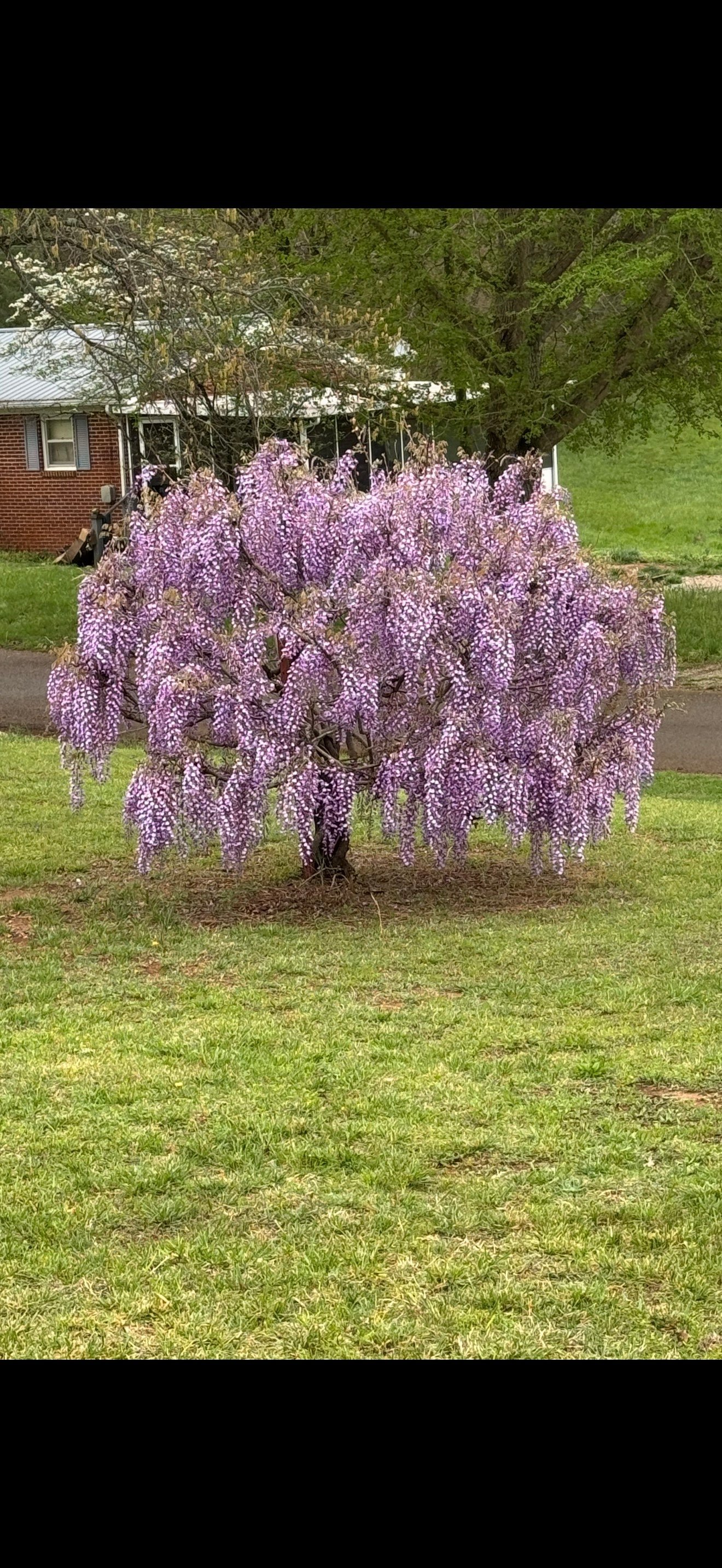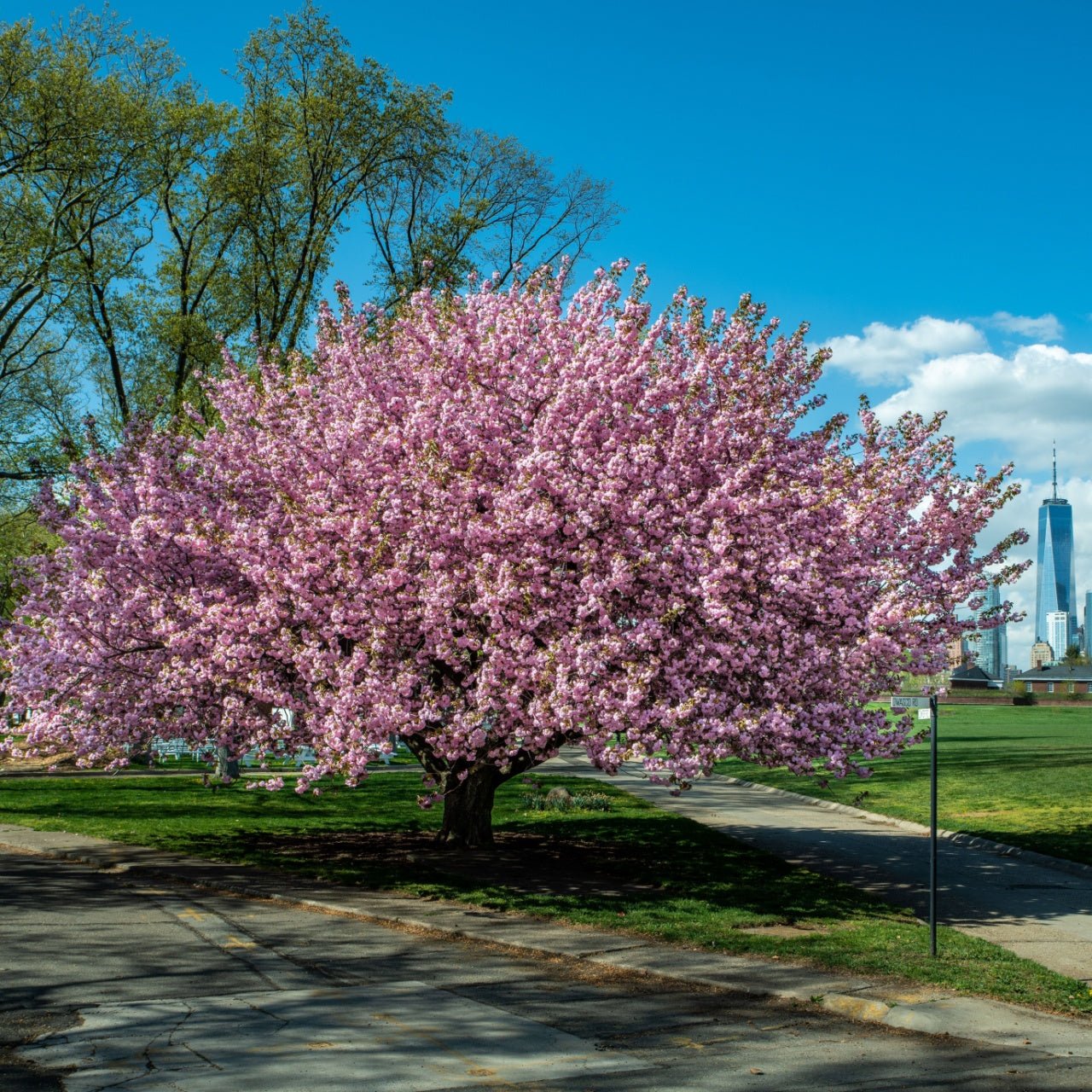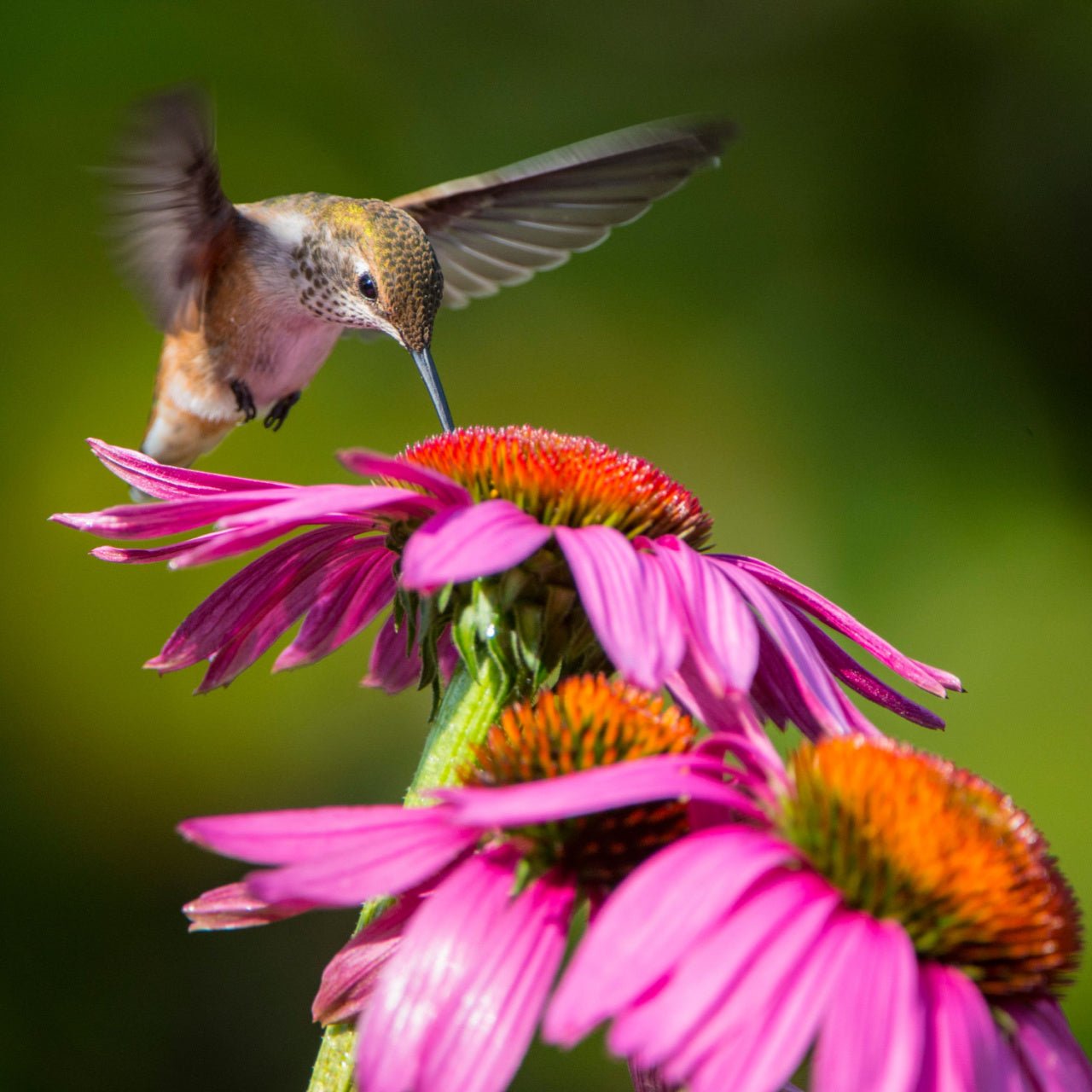

Wisteria Tree
This plant ships:
November 20251 Year Guarantee on all plants
Wisteria Tree - Wisteria floribunda
The Wisteria Tree is a heavenly, romantic tree whose green vines and lavender blooms climb and hang gently from any surface they come across. This East Asian native is part of the legume family and features long, drooping racemes of flowers up to 18 in long that look magnificent climbing up a trellis, gazebo or stone wall. Due to its tendency to twine itself around any surface, it has more spread than height, only reaching 15 ft on average, while often spreading 15 ft or more.
Plant Details - Wisteria Tree
Family: Fabaceae
Light Requirement: Full sun, partial shade
Water Needs: Moderate
Height: 10-25 ft
Spread: 10-35 ft
Growth Rate: Rapid
Soil Preference: Loam, clay, sand, high organic matter
Season of Interest: Spring
Flower Color: Purple, white, pink
Fruit: Hairy, flattened pod
Wildlife Value: Bees, Butterflies
Notable Characteristics - Wisteria Tree
The Wisteria Tree climbs by twisting its stems around any available support. The two most common species of Wisteria are the Japanese and Chinese Wisteria, which can be identified mainly by the direction their stems twist – clockwise and counterclockwise, respectively. In the United States, the Wisteria is considered invasive due to its hardiness and resistance to cultivation which make it easy to overtake and overcrowd native plants. The fragrant blooms are typically lavender and grow on racemes. Racemes are flower clusters that grow from single stalks on an unbranched, central stem. The central flowers at the base of the stem are the oldest, with new growth coming from the top as they droop longer and longer.
Landscape and Maintenance
This gorgeous tree is truly a showstopping plant to have in your yard, but it can be high maintenance. Is it worth it? We sure think so! The Wisteria Tree is somewhat poisonous to humans, cats, dogs and horses as the seeds are toxic in large quantities. It is not advisable to plant near a structure like your home or shed because its branches can grow into even the smallest nooks and crannies, compromising the structural integrity of buildings. It can also become quite heavy as its lengthy, flower covered racemes continue to grow, so it requires some pruning to maintain all the magic it brings.
This Is How Your Plants Will Look upon Delivery

Shipping date depends on the date displayed and chosen when you order from the product's page.
We only accept returns on plants verified dead. If you think your plants have died, we offer a 1 year warranty, please use this File a Claim Link to verify dead plants and start with return warranty process.




Wisteria Tree
Caring Tips
How do I care for my Wisteria Tree?
Each box contains detailed care instructions and information about your product. But here's the basics.
Care Tips
Light Requirements
Hardy Planting Zones
Header
Use this content to share information about your store and products.
Frequently Asked Questions
How often should I water my plants?
How do I know if my plant is getting too much or too little sunlight?
What should I do to prepare my plants for winter?
What are the signs that my plant needs fertilizing?
How can I prevent pests from damaging my plants?
How do I choose the right plant for my climate zone?






